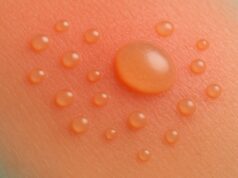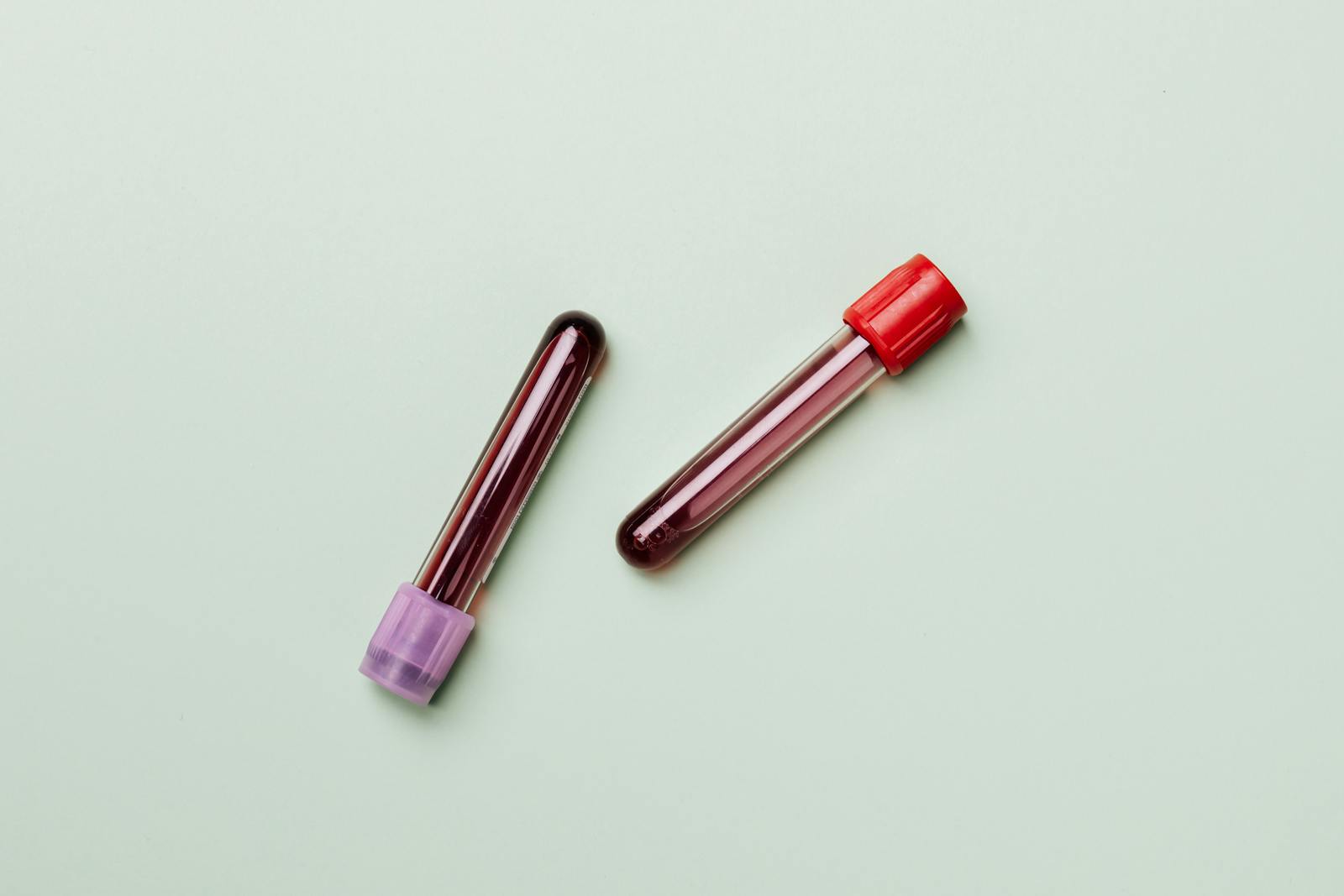Exosomes are rapidly gaining prominence in the field of aesthetic treatments due to their natural ability to facilitate cellular communication and regeneration. These tiny extracellular vesicles, typically around 30-150 nanometers in size, are released by almost all types of cells and play a pivotal role in the transfer of proteins, lipids, and RNA between cells. This signaling mechanism is a cornerstone in maintaining homeostasis and is now being harnessed in aesthetic medicine to promote skin health and rejuvenation.
In aesthetics, exosomes are leveraged for their regenerative properties. They are found in specific treatments like exosome facials or in conjunction with microneedling procedures. Their molecular cargo can stimulate the recipient cells in the skin and boost collagen production, reduce inflammation, and encourage the healing of damaged tissue. This can result in improved skin texture, reduced fine lines and wrinkles, better hydration, and an overall more youthful appearance.
Leveraging the body’s inherent healing mechanisms, exosome therapies represent a largely natural approach to skin care. Unlike more invasive procedures, exosome treatments are generally well-tolerated and associated with minimal downtime. Patients are often drawn to these treatments because they can achieve noticeable results without the risks that come with surgery or the introduction of foreign substances into the skin.
The isolation of exosomes for aesthetic treatments often involves a process that includes ultracentrifugation and filtration, ensuring a purified product that is safe for patient application. While the science is still evolving, the potential applications of exosomes are wide-ranging. Research is ongoing to fully understand their capabilities, improve extraction and preservation techniques, and establish standardized protocols for their use in aesthetic practice.
Despite the excitement, it’s important to consider the regulatory landscape. In the United States, exosome treatments are scrutinized by the FDA, and providers need to be cautious in how they source and utilize exosomes to be compliant with current regulations. The field of aesthetic medicine is eagerly watching for new developments and evidence-based practices in the use of exosomes, recognizing them as part of the next wave of non-surgical, regenerative treatments.













